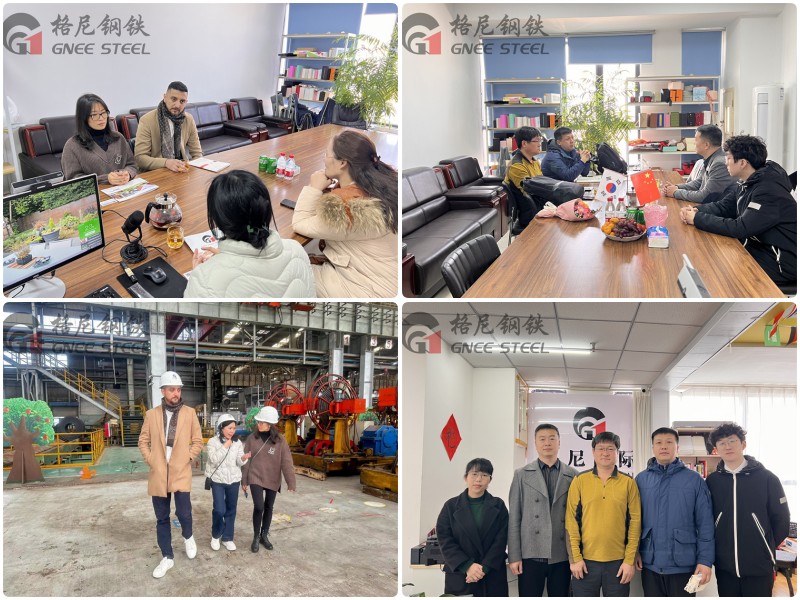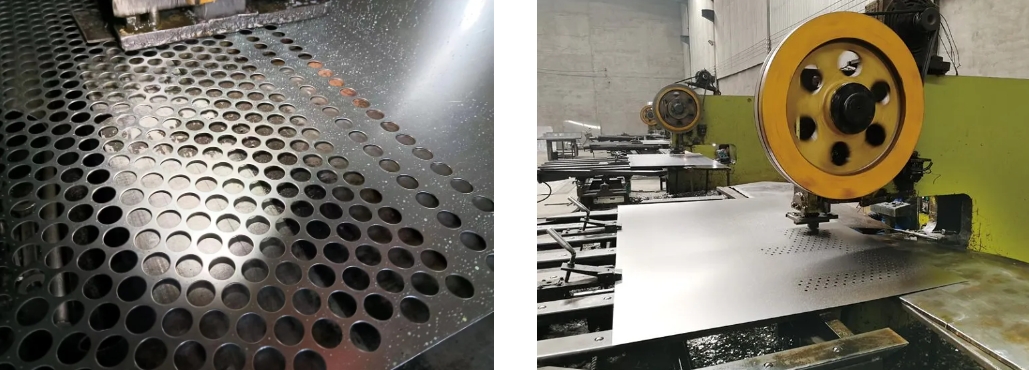
316 stainless steel perforated sheet metal contains 2–3% molybdenum, giving it significantly higher chloride corrosion resistance than 304. For example, in seawater filtration systems, its pitting corrosion rate is only one-fifth that of 304 perforated sheets, extending service life by 2–3 times.
The tensile strength of 316 stainless steel perforated sheet is ≥515 MPa. After perforation, optimized hole patterns help reduce stress concentration, allowing it to withstand certain loads—for instance, platform panels can support 3–5 tons per square meter. Its impact resistance surpasses that of ordinary perforated carbon steel, making it ideal for outdoor platforms, equipment guards, and more.
With a smooth, rust-resistant surface, perforated SS 316 sheet resists clogging and requires less frequent replacement, lowering the total lifecycle cost. In coastal building facades, perforations create attractive light and shadow effects while resisting sea breeze corrosion, reducing maintenance frequency.
Marine components and shipbuilding
Food and beverage processing
Chemical processing and filtration systems
Architectural facades, sunscreens, and ventilation panels
Industrial screens and noise control


| Property | Specification |
|---|---|
| Material Grade | AISI 316 / EN 1.4401 (Available in 316L / 1.4404) |
| Hole Type | Round, Square, Slotted, Custom |
| Hole Diameter | 0.5 mm – 20 mm (customizable) |
| Pitch (Center-to-Center) | 1.0 mm – 30 mm (customizable) |
| Open Area | 10% – 60% depending on pattern |
| Thickness Range | 0.5 mm – 6.0 mm |
| Sheet Size (Standard) | 1000 × 2000 mm, 1220 × 2440 mm, custom sizes |
| Surface Finish | 2B, BA, No.4 (brushed), No.1, Mirror, Custom |
| Tensile Strength | ≥515 MPa |
| Yield Strength | ≥205 MPa |
| Elongation | ≥40% |
| Corrosion Resistance | Excellent in chloride-rich, marine, and chemical environments |
| Standards | ASTM A240 / ASME SA240 / EN 10088-2 |
| Processing Services | Shearing, cutting, bending, surface polishing, hole customization |



.jpg)





.jpg)




